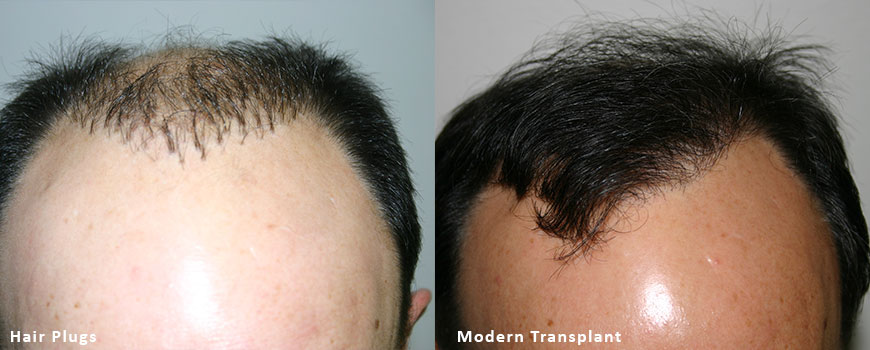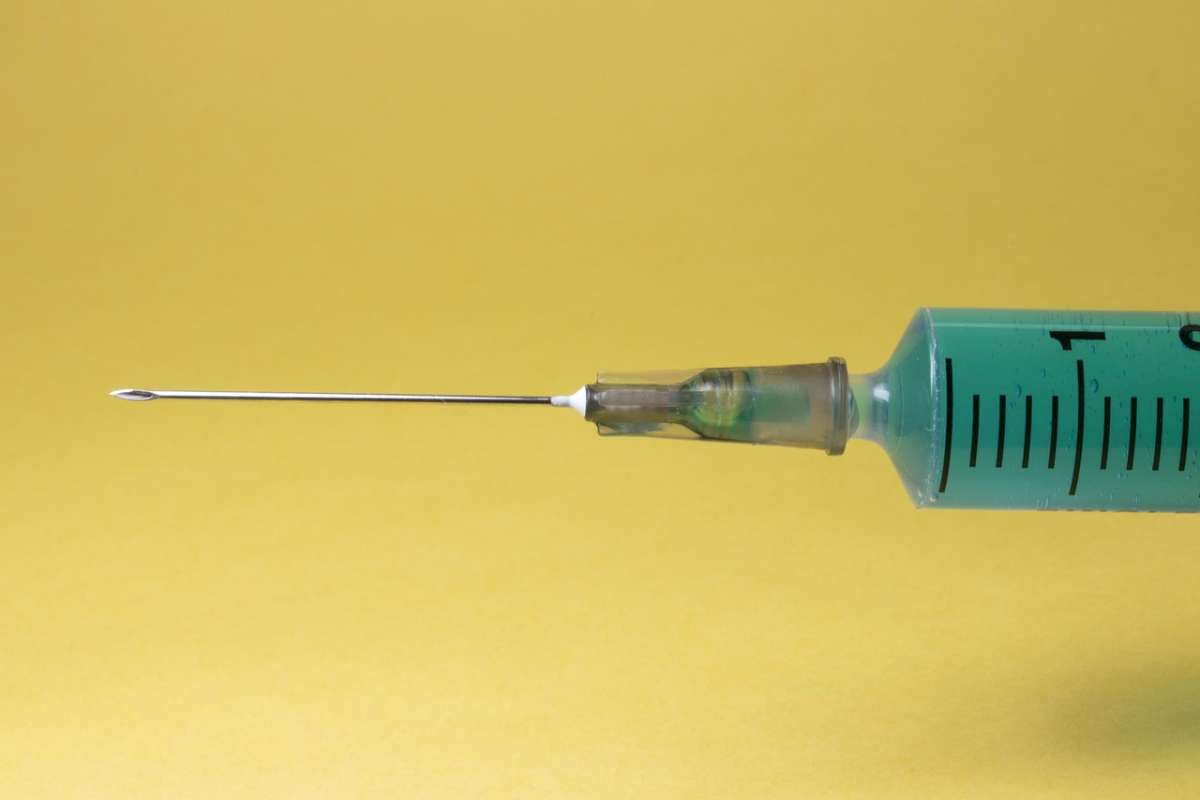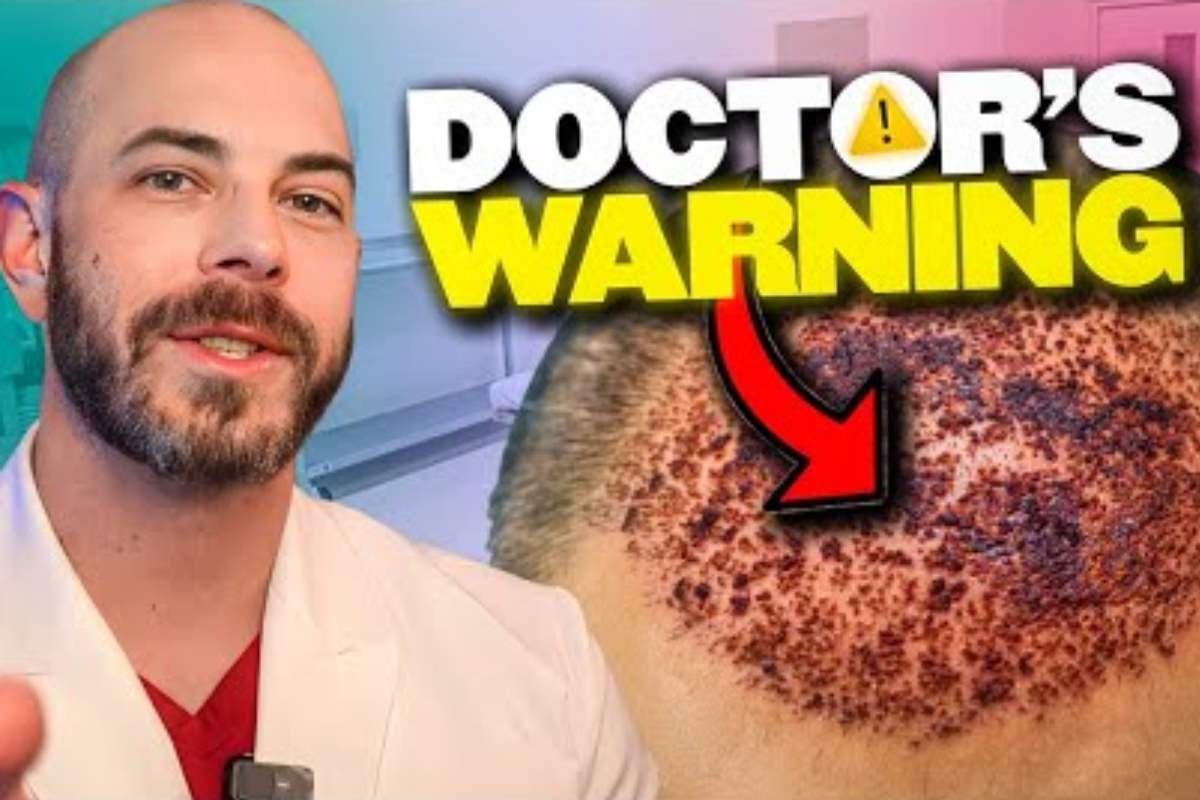Hair transplants have come a long way since they were first performed for male pattern baldness in the early 1950’s. Technology has advanced and the methods in which the hair follicles are excised and implanted have changed.
Hair transplants, like a lot of cosmetic plastic surgeries, require a skilled doctor performing the procedure to make it look as natural as possible, but there are a lot of reasons why hair transplants performed today tend to look better and more natural than in the past.
During the 1970’s and early 80’s, before the more modern hair transplant techniques were developed, it was very noticeable if a person had undergone a hair transplant. Due to the way the follicles were excised from the donor area of the scalp, patients were left with very unnatural looking scarring and patterns in the hair.
Unnatural Hair Plugs
In 1952, Dr. Norman Orentreich performed the first hair transplantation geared at helping to treat male pattern baldness. Using a technique that would come to be known as “hair plugs”, Dr. Orentreich was able to successfully transplant hair follicles from one area of the scalp to another, with the goal of filling in more obvious areas of balding.
While not perfect, this method gave patients an opportunity to add hair volume in areas where they had begun to thin.
Much of the credit to early hair transplants goes to the hair plug method that dr. Orentreich first used in the 1950’s required surgeons to remove round sections of scalp containing hair follicles with a “punch” tool from the back of the scalp. These punches were about 4 mm wide and contained about 20 hair follicles. The tissue was then inserted into smaller holes or slits cut into the balding area so in essence they were “plugging” the new holes and hence the term “plugs” caught on.
Interestingly in the 1930s, half way around the world Dr. Shojui Okuda also worked on similar hair transplant techniques in Japan using small punches of skin with hair measuring 1mm to 4mm in diameter. These earlier techniques went undiscovered until decades later, largely because of the language barrier of Dr. Okuda’s publications being in Japanese, along with the timing of World War II and the lack of shared scientific knowledge between opposing countries.
As time passed and hair transplant surgery became more popular, people started to notice the unnatural results as balding men continued to bald, revealing the geometric rows of transplanted plugs. Because of the way the hair plugs were removed from the donor area and implanted into the balding area, patients would end up with rows of circular clumps of hair growing out of their scalp. This was especially noticeable once a patient began to lose even more hair in the balding area.
Many people compared this look to that of a “dolls hair” because it literally looks like a small clump of hair exiting from the scalp in very unnatural and symmetric pattern just like a child’s toy doll.
Until the early 1990’s, this type of hair plug transplant was still widely used but eventually started to lose popularity due to the obvious and unnatural look as the men aged. “Hair plugs” became sort of a running joke amongst pop culture as more men were trying to hold on to their original hair by undergoing these procedures.
Thankfully, Dr. Bobby Limmer stepped up and developed the modern approach to hair transplants that we use today.

Follicular Unit Transplant – Modern Hair Transplant Methods
In the early 1990’s, Dr. Bobby Limmer developed a new method for hair transplants which involved the transplantation of naturally occurring groups of hair follicles known as follicular units.
By excising a strip of donor scalp, instead of plugs, and then dissecting those strips into individual follicular hair units with the use of a microscope, he was able to make hair transplants look much more natural. No longer would patients have “plugs” of hair growing out of the scalp, but rather natural groups of 1-3 hairs strategically placed into the recipient area for a much more natural look and feel. These follicular unit grafts could be placed into tiny slits in the balding scalp to recreate a natural hairline with subtle asymmetries and a scalloped pattern; just like “normal” hair grows.
Dr. Limmer is responsible for developing the core method that all transplant surgeons worldwide use today when performing hair restoration and transplant procedures. While some of the technology and methods have advanced since the 1990’s, the basic concept for making a hair transplant look as natural as possible is all based on Dr. Limmer’s original ideas.
Technological Advancements in Hair Transplants
Since Dr. Limmer’s breakthrough in the world of hair transplants, scientists and doctors have taken his methods a step further and developed the FUE method, which is sometimes executed with the assistance of a robot.
The FUE method removes the need for excising a strip of hair from the donor area and instead is able to remove individual follicular units with a very small needle instead of the old large punch tools. This allows for less noticable scarring and sometimes easier recovery due to the way the follicles are harvested.
Hair transplant technology and methods have come a long way since the 1930-50’s, and even since the early 1990’s. The modern methods of hair transplantation provide more natural results and will not give you that “hair plug” look that a lot of people still associate with hair transplants.
Hair transplant surgeries have been booming over the last few years as people begin to realize that they no longer have to worry about unnatural results or ridicule after the unwanted results begin to present themselves. In fact, more and more celebrities and athletes are now opting for hair transplants and are even open about their experience as it becomes more acceptable in mainstream pop culture.
So if you’ve been concerned about how you may look after receiving a hair transplant, you have no need to worry. The days of the “hair plug” generation are long gone. Modern hair transplants require a skilled doctor, acting as an artist, as they carefully place delicate follicular unit grafts into your scalp for the most natural look possible.
If you have any questions regarding hair transplants and would like to setup a consultation, contact us today at the Limmer Hair Transplant Center.







